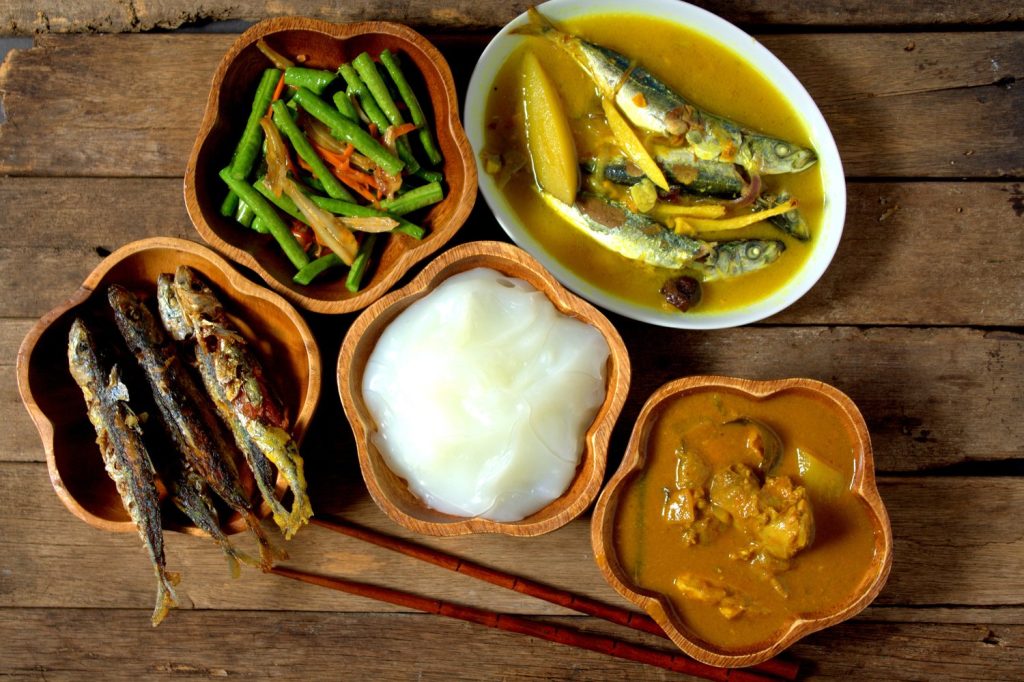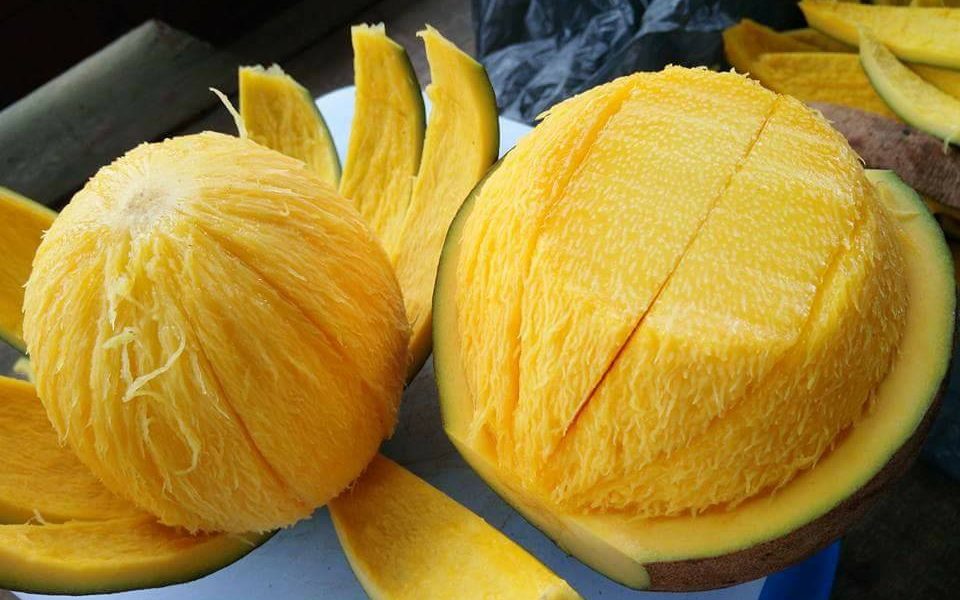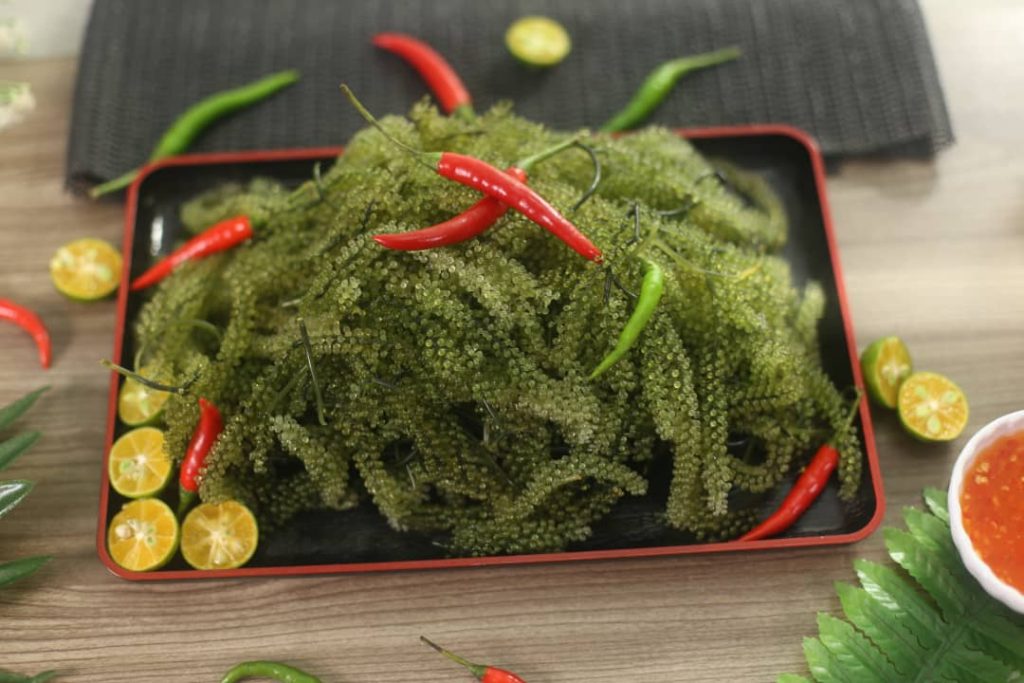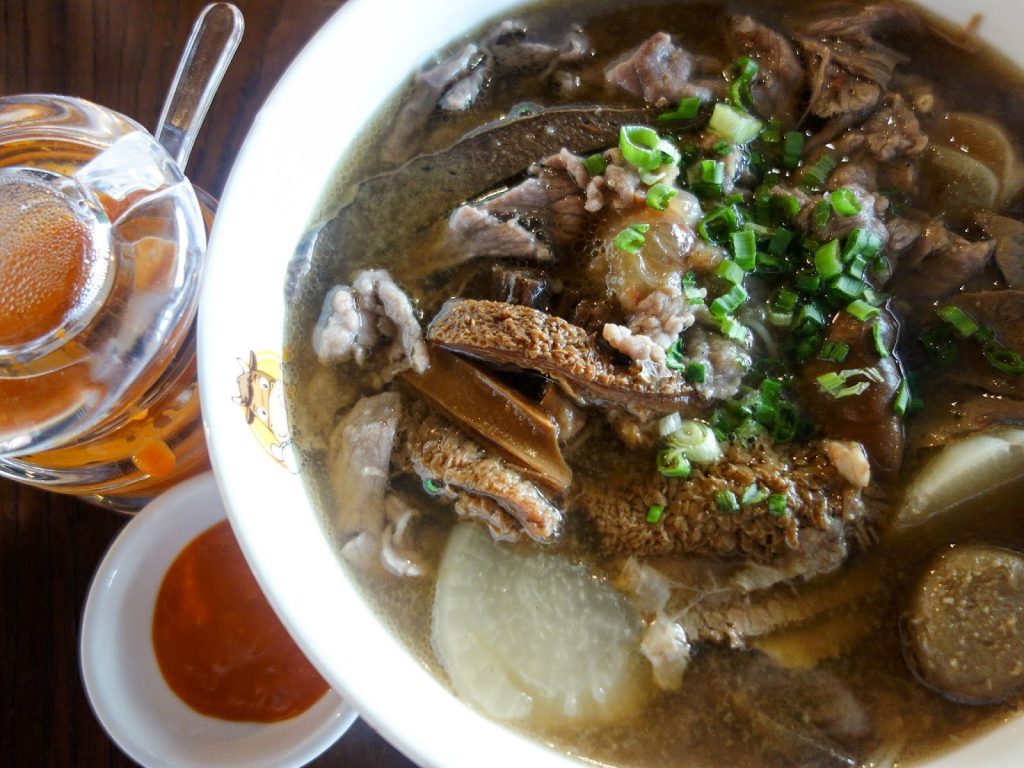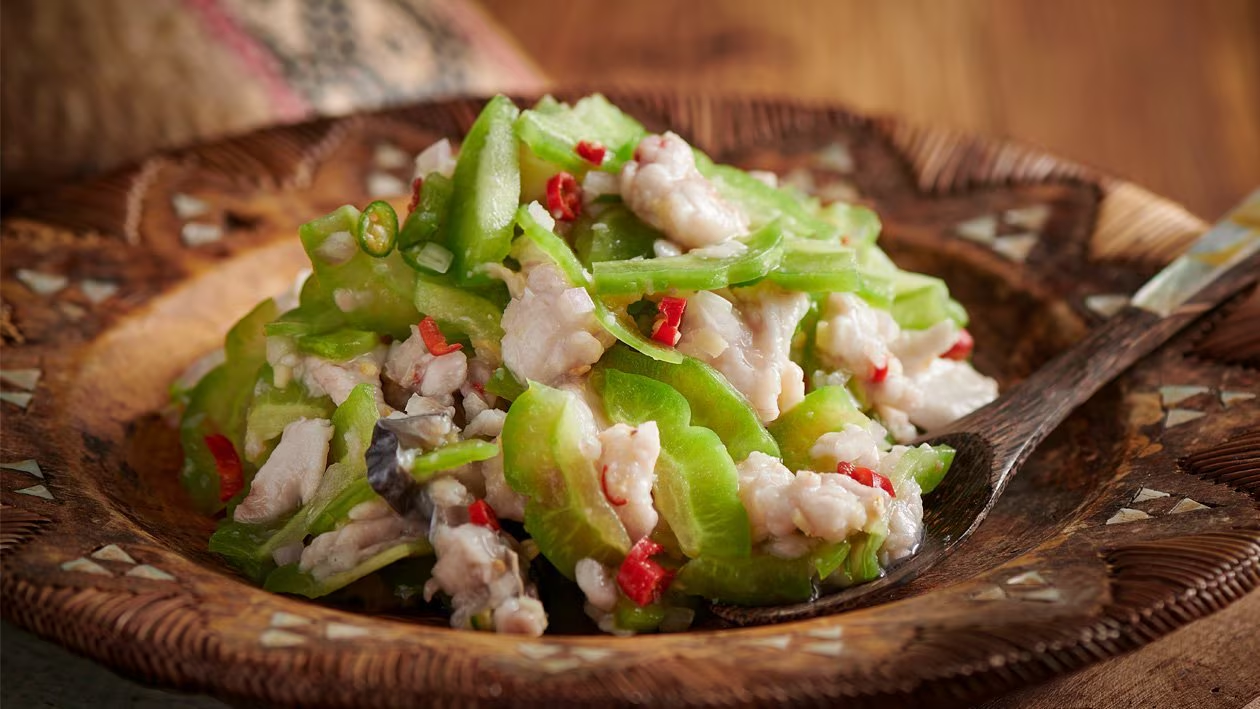History of Sabah
Sabah, located on the northern part of Borneo, has a history marked by various influences. Archaeological finds, such as those in Mansuli Valley, indicate ancient human settlements.
In the 15th century, Sabah was part of the Brunei Sultanate and later came under the control of the Sultanate of Sulu in the early 19th century. In 1878, the British North Borneo Company began administering the territory, which became a British protectorate in 1888.
During World War II, Japanese forces occupied North Borneo from 1942 to 1945. Post-war, it became a British Crown Colony in 1946. On 16th September 1963, Sabah joined the Federation of Malaysia, along with Sarawak and Singapore, forming the modern state of Sabah within Malaysia.
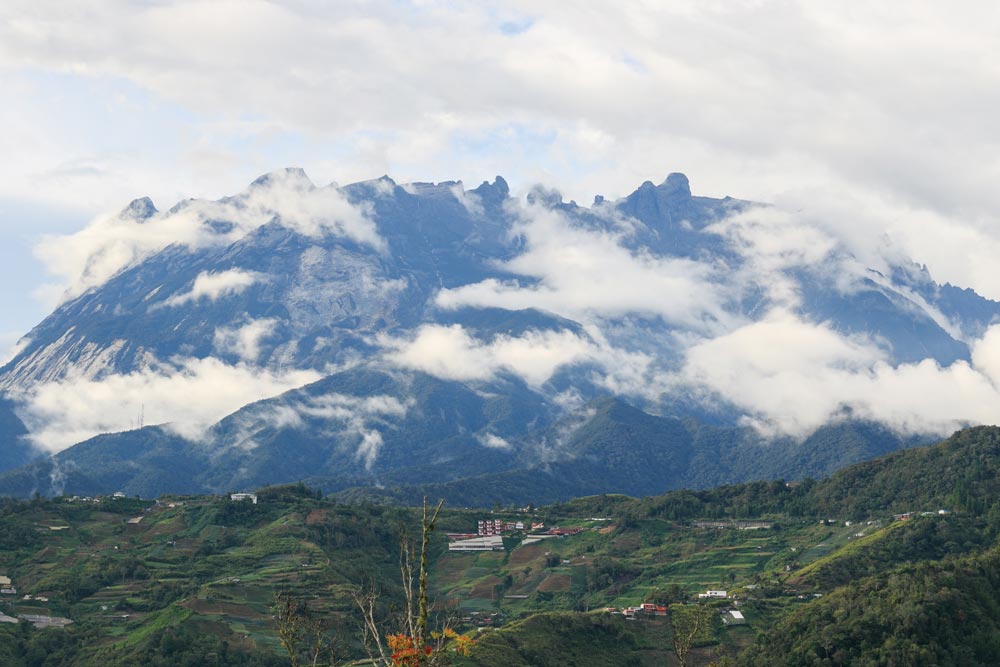
Kota Kinabalu - Mount Kinabalu
Places of Interest in Sabah
Explore captivating attractions, from pristine beaches to cultural landmarks.
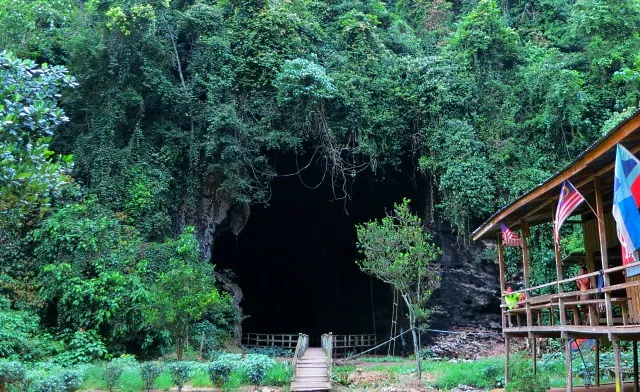
Famous for their swiftlet nests used in bird’s nest soup and home to a large population of bats.
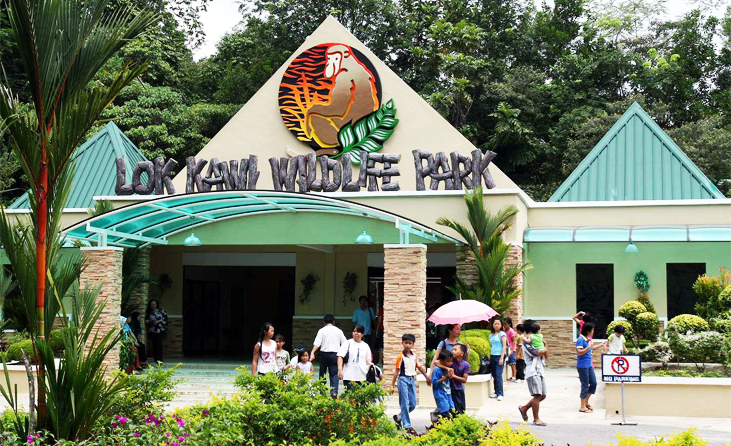
A wildlife park near Kota Kinabalu featuring a variety of animals native to Borneo.

Natural hot springs located in Kinabalu Park, ideal for a relaxing soak after trekking.
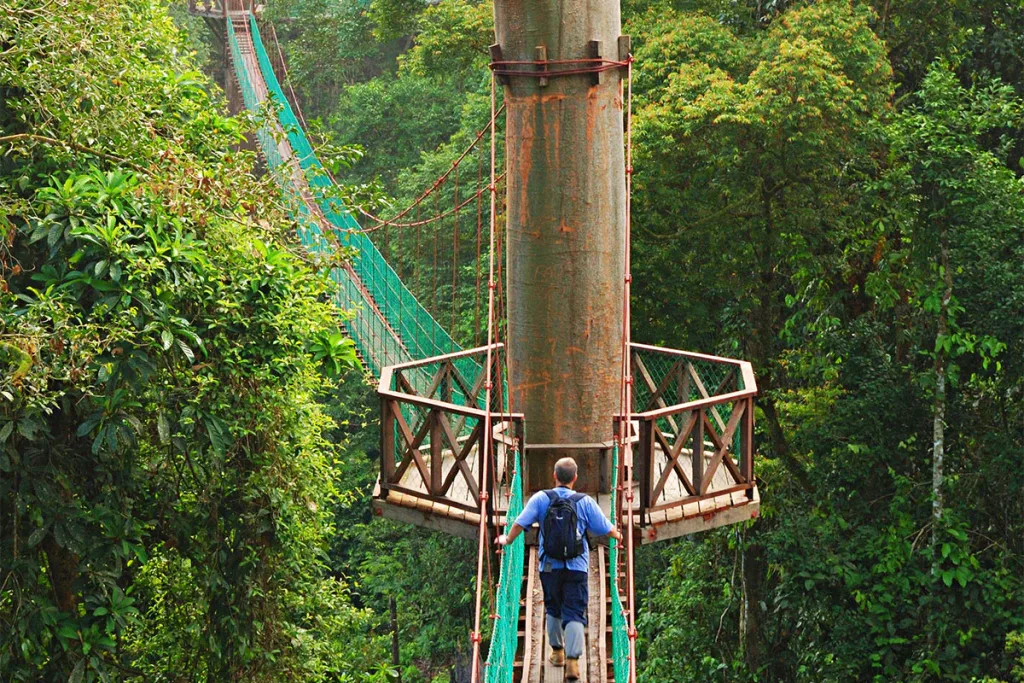
A pristine rainforest with diverse wildlife, including orangutans, pygmy elephants, and clouded leopards.
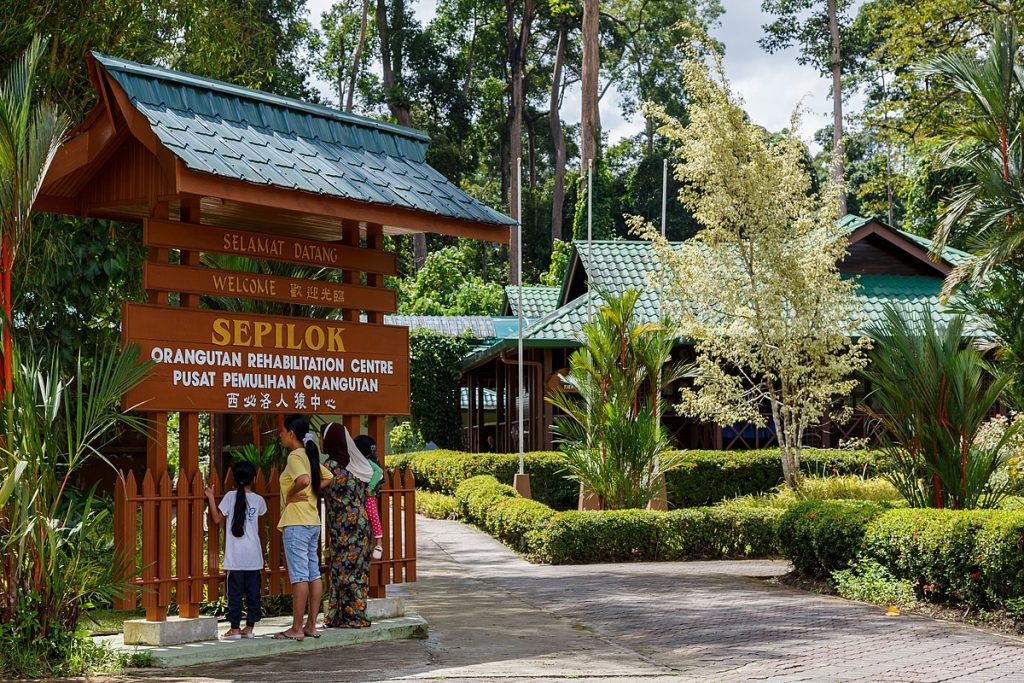
A sanctuary for orphaned and rescued orangutans, allowing visitors to see these primates up close.
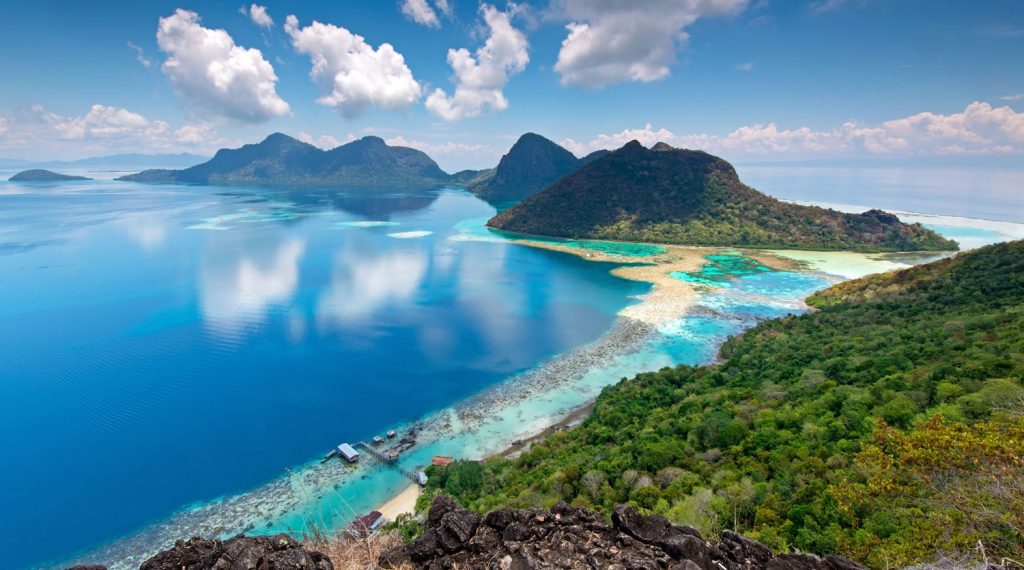
A group of islands near Kota Kinabalu offering excellent opportunities for snorkeling, diving, and beach activities.
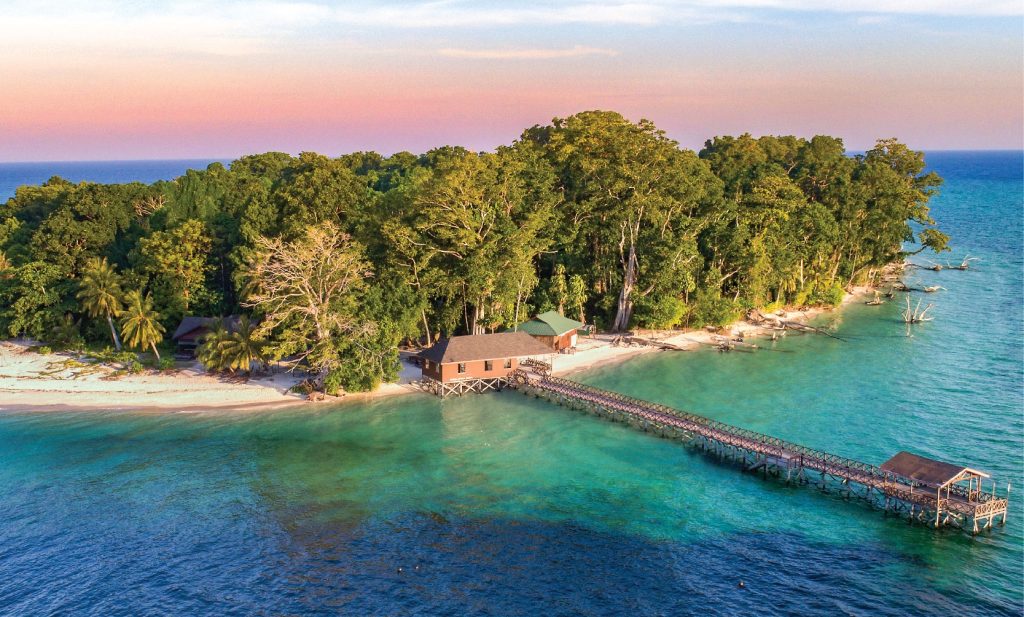
One of the world’s top diving destinations, known for its stunning underwater biodiversity.
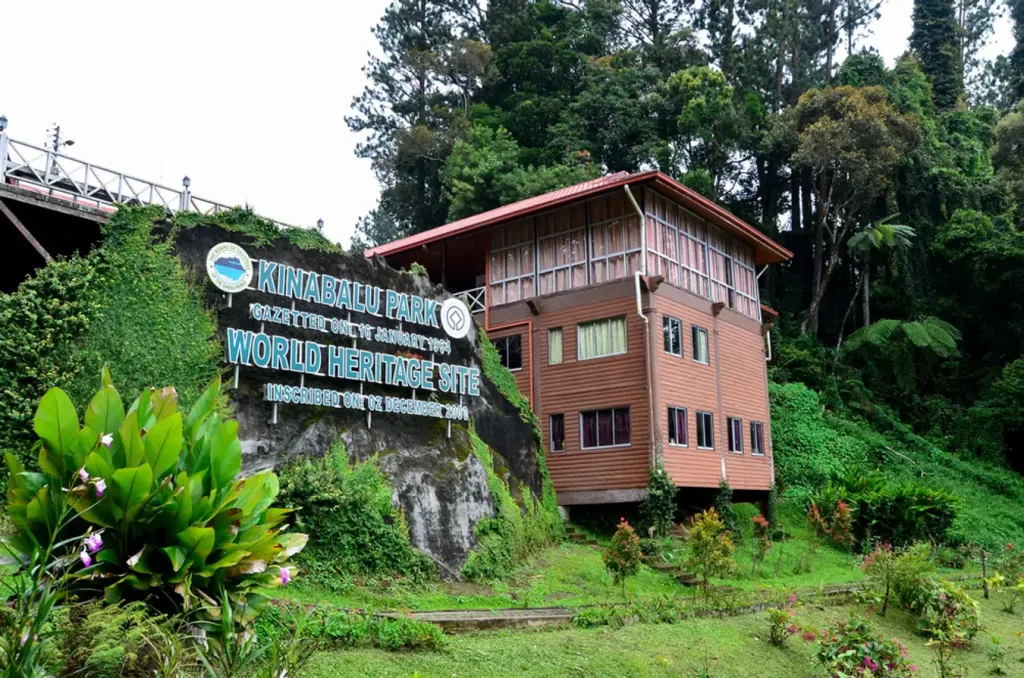
A biodiversity hotspot with a wide variety of flora and fauna, perfect for trekking and nature walks.
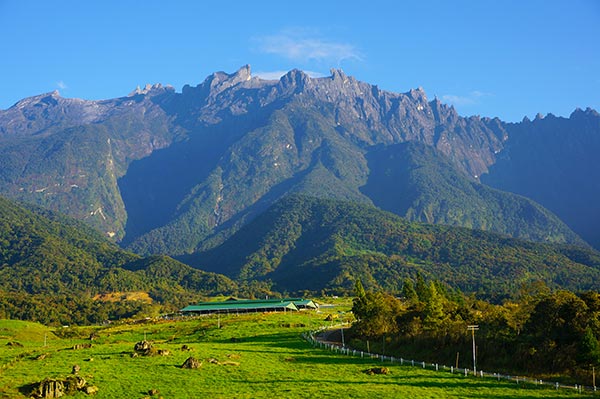
The highest peak in Southeast Asia, located in Kinabalu National Park, a UNESCO World Heritage site.
Discover Sabah's Culinary Delights
Explore Sabah’s diverse culinary scene, from street food to traditional delights.
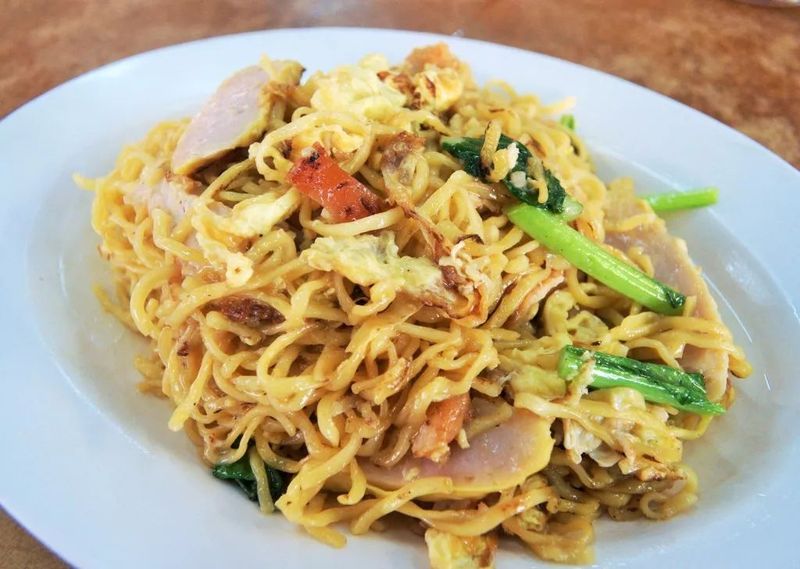
A popular noodle dish from the town of Tuaran, made from egg noodles stir-fried with vegetables, eggs, and meat or seafood.
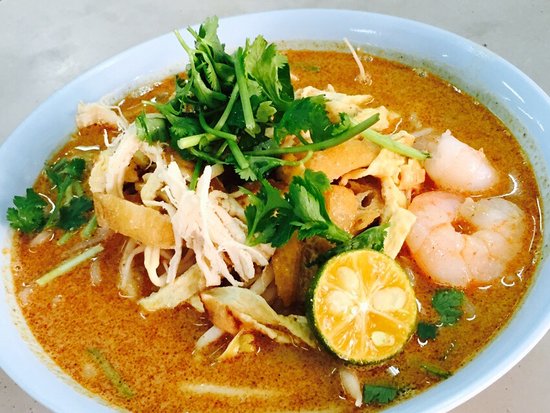
A spicy and tangy noodle soup made with a rich coconut milk base, often served with prawns, tofu, and boiled eggs.

